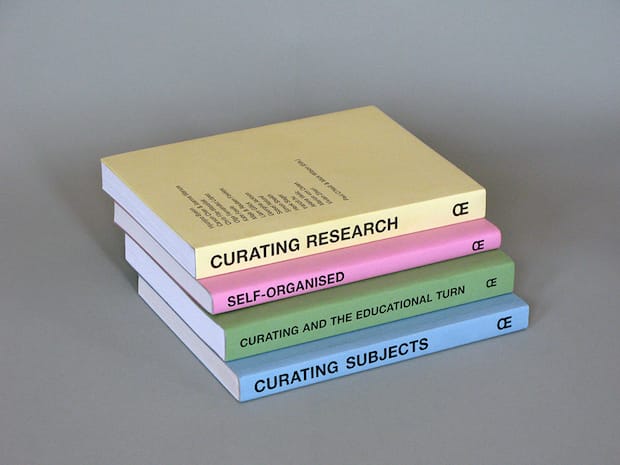As independent publisher Open Editions releases the first record in its Continuous Tone series of sound works by artists, we caught up with founder David Blamey to discuss the record, called Rural, and the platform’s collaborative approach.
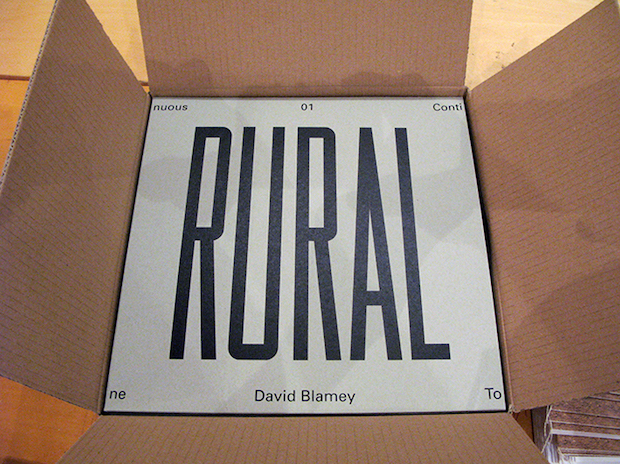
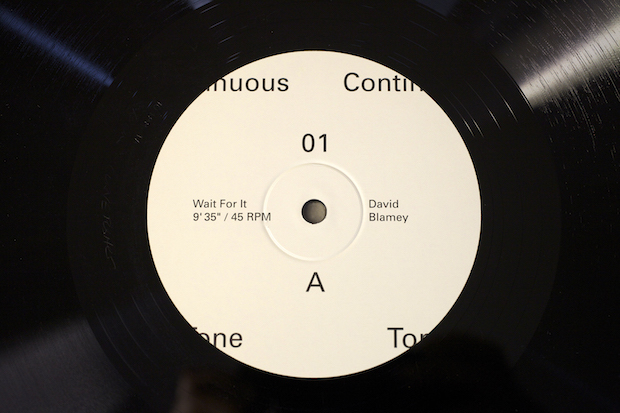
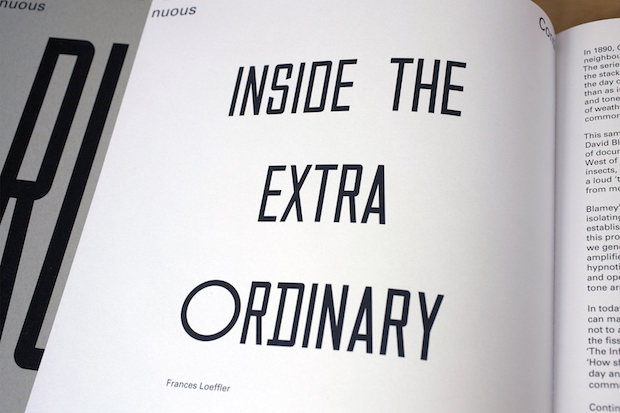
Tell us a little bit about the decision to set up Open Editions.
David Blamey:One of the determining factors was an observation that conceptual art exhibitions often reached wider audiences through their catalogues than their actual events. The idea occurred to me that perhaps the book could be the exhibition, in and of itself. So initially the decision to start a publishing imprint in the late 1980s was taken to simply make art in the form of a book. In the intervening years the reasons to continue to publish have evolved, but the whole enterprise is still very much an aspect of my artistic studio practice.
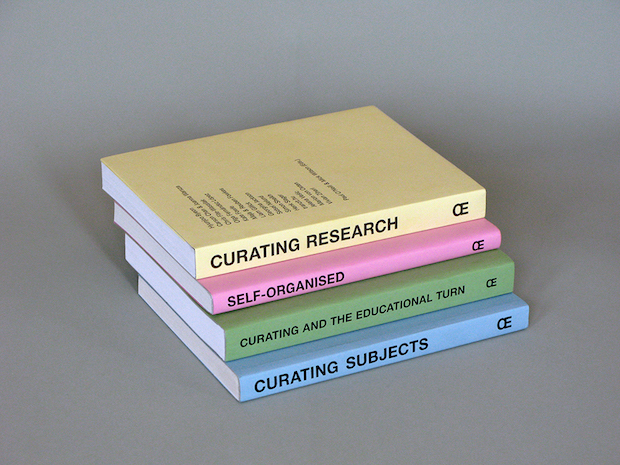
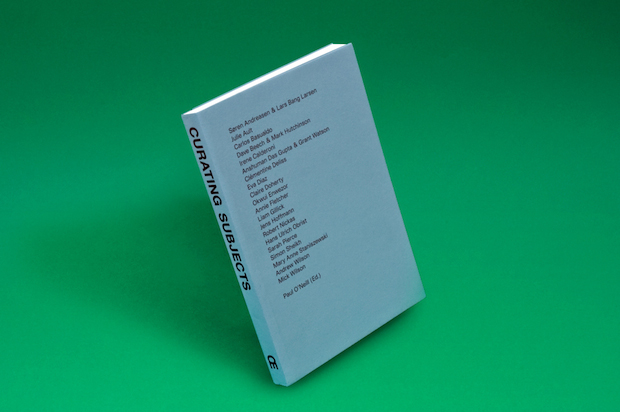
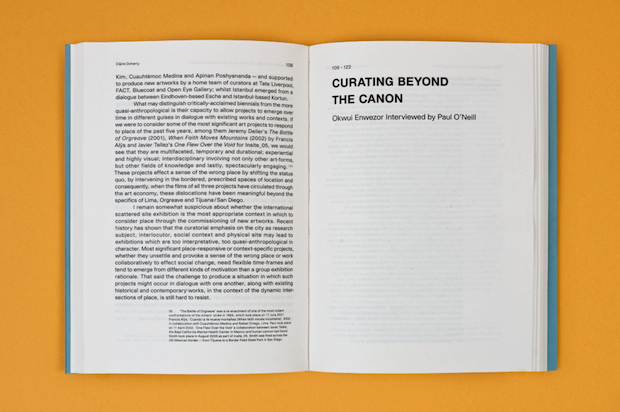
How do you define its remit?
DB: There’s nothing official in terms of a mission statement. It’s probably a politically incorrect or decadent thing to say, but it’s very personal to me. Structurally, Open Editions has four areas of production that will be sustained over the coming years: artists’ books (e.g. Mazdaznan, 2012); cultural studies (e.g. Living Pictures, 2005); Occasional Table (e.g. Curating Subjects, 2001); and Continuous Tone (2015). Each of the publishing projects in these four areas is embarked upon as a bespoke enterprise. New titles are conceived, resourced, designed and produced by contributors whose ideas coalesce around topics of interest held in common. Often, experts from diverse fields of practice are invited to conduct a dialogue as opposed to making singular statements. In this way, Open Editions’ publications are conceived as workshops of ideas that contribute to an expanded notion of both making and writing about art.
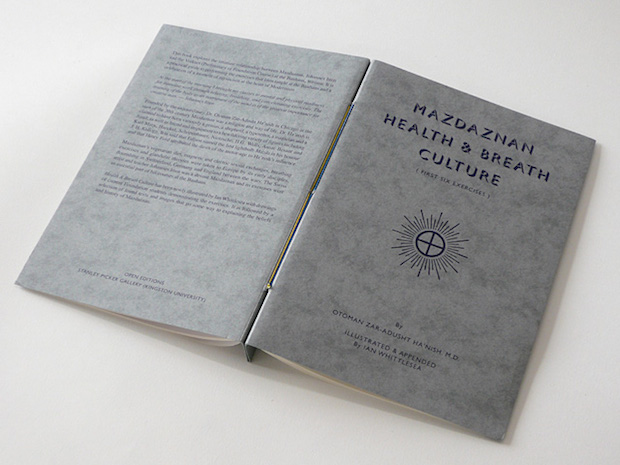
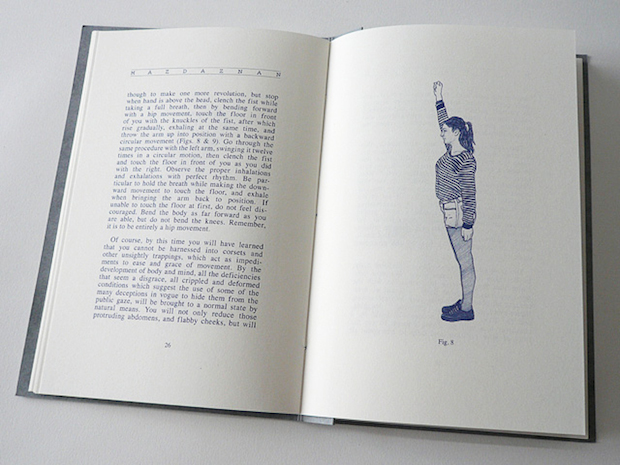
Tell us a little bit about the concept behind OE’s aesthetic?
DB: All contributors to Open Editions projects are considered as equals. This non-hierarchical approach is especially important when choosing a graphic designer. Over the years, Graphic Thought Facility, Jon Hares, Julia, and most recently Joe Pochodzaj have designed our projects; all people whose work I really admire. The design process is never treated as an isolated, sub-contracted service. It’s integral. You could say that our designs are hard-won; in the way that art is conventionally considered to be. There is never a deadline with new designs. We only publish when the relationship between form and content is harmoniously resolved. Design is always a collaborative encounter where deep thought is applied to the question of what we are producing, and why. We’re never bothered about taking a long time. Julia, for example, insisted on hearing the two sound pieces for the record while they were still in the process of being arranged. It was important to them to understand my work as an artist before they even proposed designs for the specific job of the record’s packaging. We changed the design concept at least once and worked very closely with the printer to plan a colour scheme for the grey covers that will emerge as the series develops. So for me, aesthetics are not just about appearances, but also about communication, context, consumption, and the production of meaning in terms of use and experience.
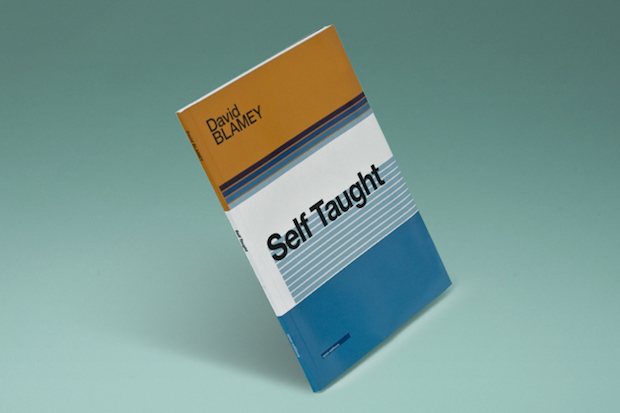
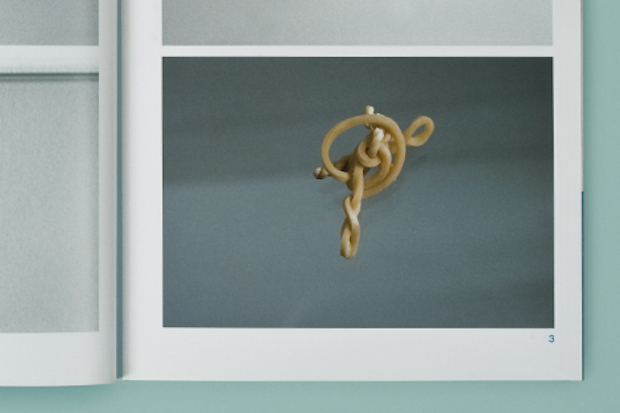
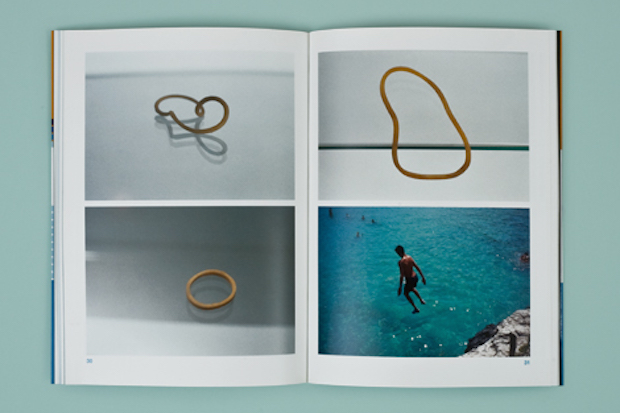
You’ve just ventured into records with release Rural. What’s the concept behind the Continuous Tone series?
DB:The concept is simple: publish sounds as well as words and pictures. I stated at the outset that the project was intended as a space for enhancing awareness of the aural in relation the visual. Twelve different artists will each be invited to create a new work in the form of a 12-inch vinyl record and download. Each release will be issued as a heavy pressing of 500 copies with carefully designed packaging by Julia, and specially commissioned liner notes by a variety of writers, inserted as a 10-page illustrated booklet.
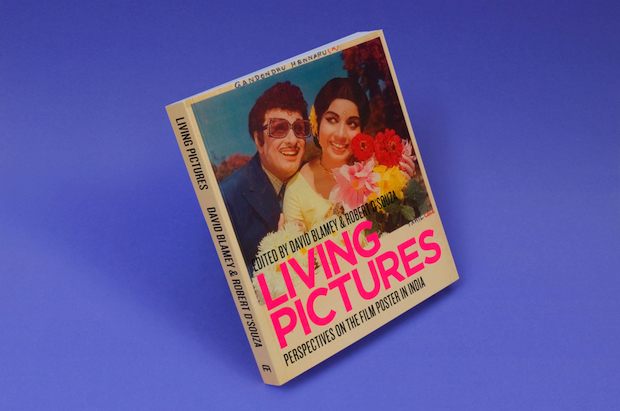
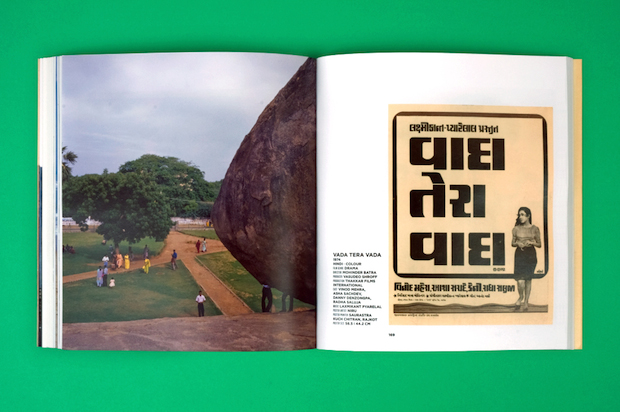
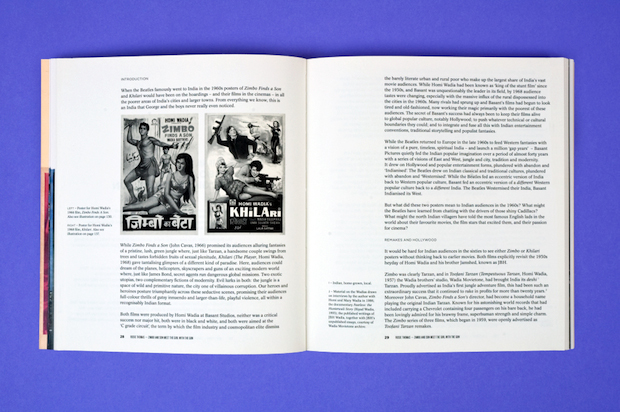
What’s next for Open Editions?
DB: We are just designing the fifth title in the Occasional Table anthology series. It’s called Politics of Study and the chapters deal with aspects of the crisis in art education – but rather than lament the passing of a golden era, we are presenting a set of alternative models of study that have a positive message, even in such dire times. Then, before the end of the year we will publish my own edited volume in the same series: it’s called Specialism and it tackles the matrix of possibilities that exist across interconnected notions of expertise, specialisation, interdisciplinarity, division of labour, polymathy, genius, commitment and dilettantism. I also need to commission the second Continuous Tone…

